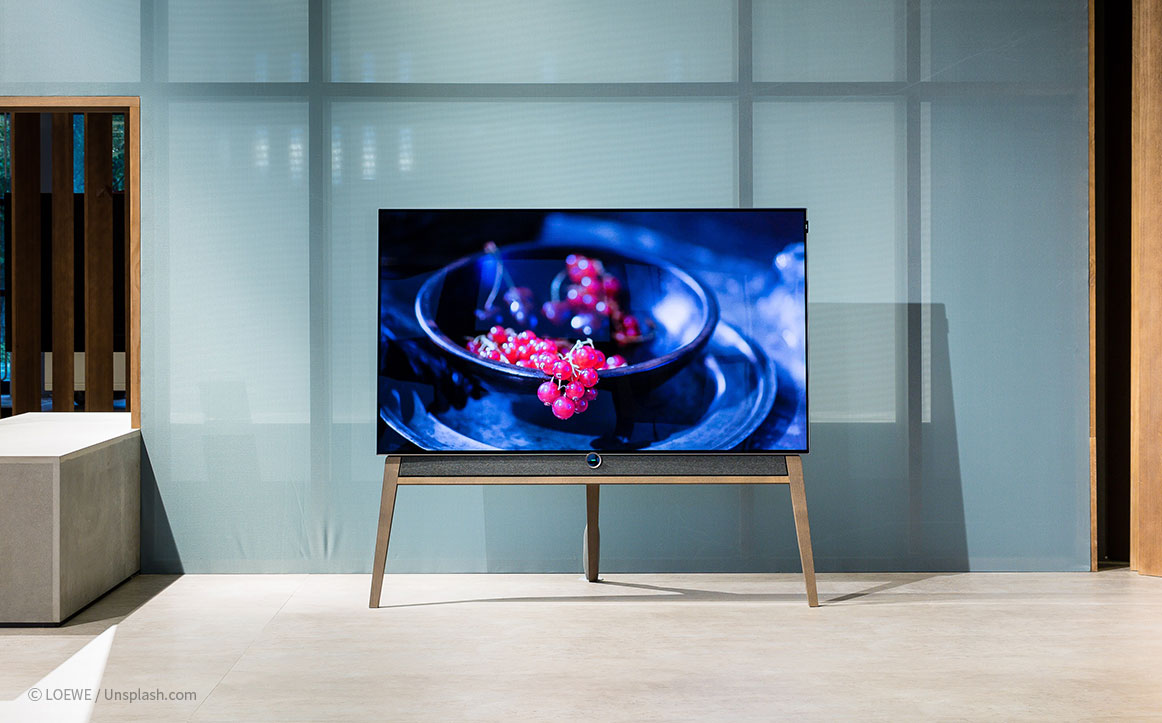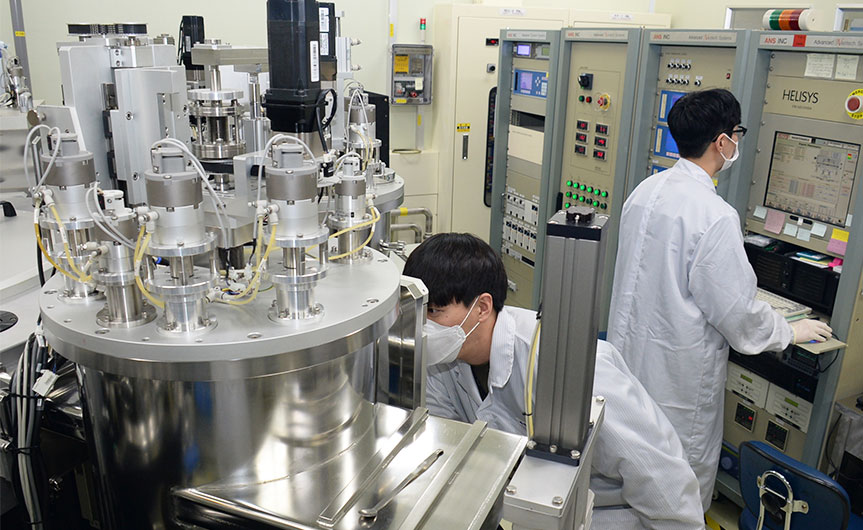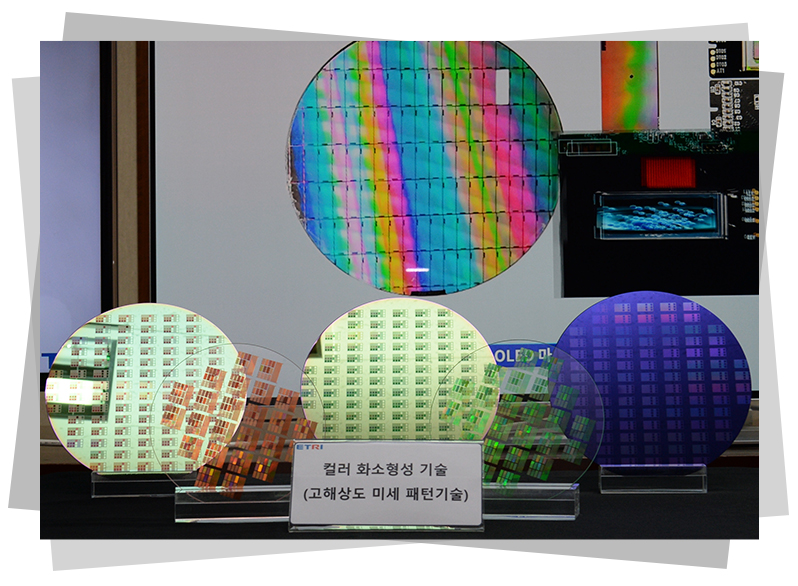VOL. 67 December 2021
ETRI Commercialized a Low Temperature Photoresist for OLED Micro-Display
- Produced the OLED micro-display with low-temperature-cured material for the first time in Korea

A domestic research team has developed a material technology in which a high resolution is possible with requiring a low temperature for the process in OLED display and succeeded in the commercialization in various OLED display products around the world.
The Electronics and Telecommunications Research Institute (ETRI) announced that it had developed a material technology in which the pixel size can be made not more than 3μm even at the manufacturing temperature of 100℃ or less, and succeeded in applying it to the OLED micro-display for the first time in Korea.

A display is produced by forming fine pixels on a thin film with a material called photoresist that changes its chemical properties when exposed to light. Until now, photoresist materials have been processed at a high temperature. But, for the OLED, which emerged as a next-generation display, there can be a problem with the light-emitting diodes, which emit light at high temperatures. Developing a material technology that can be processed even at low temperatures was the key.
ETRI applied the developed photoresist material to the OLED for the first time in Korea. The prototype made by the research team is 0.7 inch micro-display which is suitable for wearable devices. The size of each pixel is not more than 3μm, and 2,300 pixels per inch are densely populated, so that ultra-high-resolution panels can be produced.
The research team has been doing research related to OLED micro-display for implementing AR since 2016, and it could play the role of a platform for making this prototype. In addition, ETRI evaluated the performance of the developed material and supported participation in world-class academic conferences and exhibitions.

When the verification was completed, it has succeeded in exclusively supplying developed materials to domestic companies. Especially, as the material is applied to the mobile OLED display panel for the smartphone released this year by the company, it became the first case of commercialization in the world. Thanks to this, it is expected to have the economic ripple effect of more than KRW 60 billion in 2021 alone, and it could be evaluated as having achieved practical material localization and self-reliance.
Dr. Nam Sung Cho said, “We succeeded in localizing source materials through a national project together with the government, companies, and national research institutes. We hope that this achievement will be helpful for Korea to maintain its status as a leader in the display industry as well as the independence of materials, parts, and equipment.”
ETRI is planning to proceed with follow-up researches to develop a panel with higher resolutions so that 3000 pixels can fit in 1 inch, and it will continue the discussion on transferring the developed micro-display technology to related companies.

